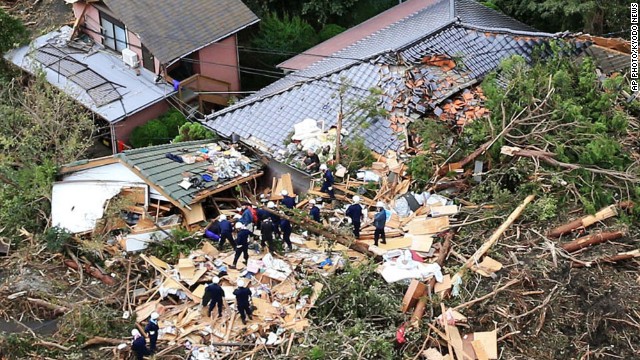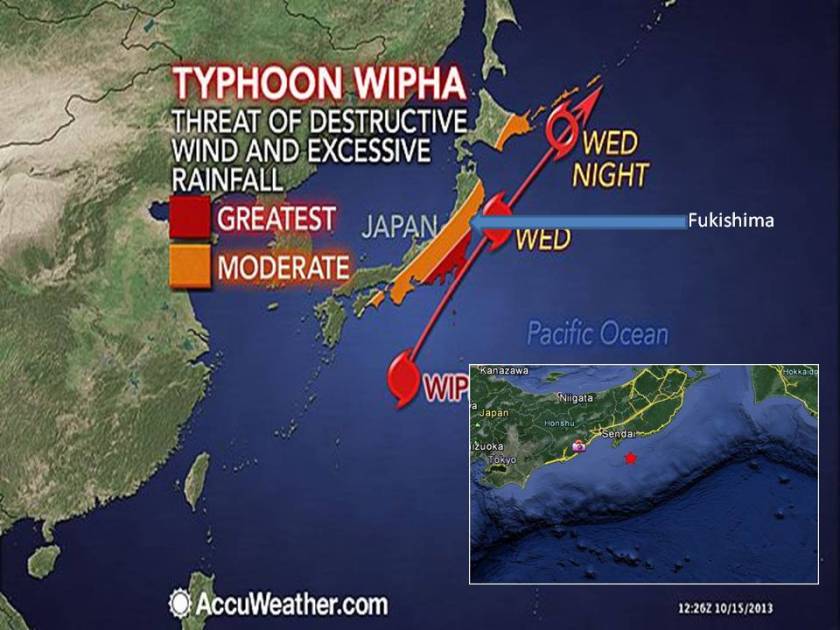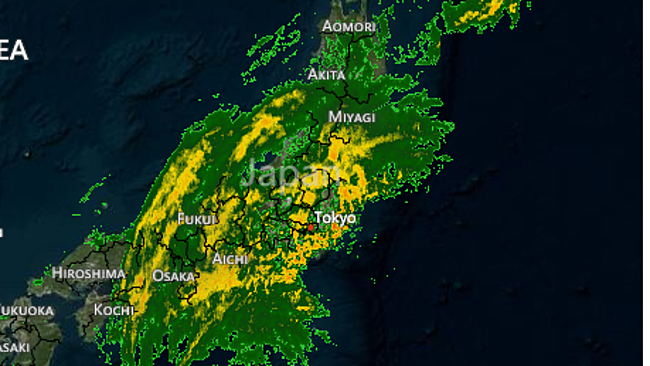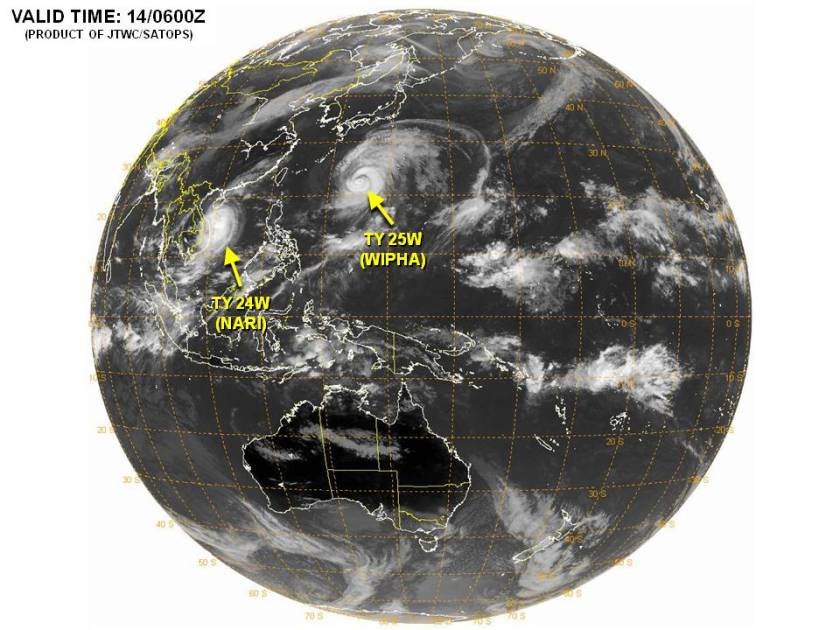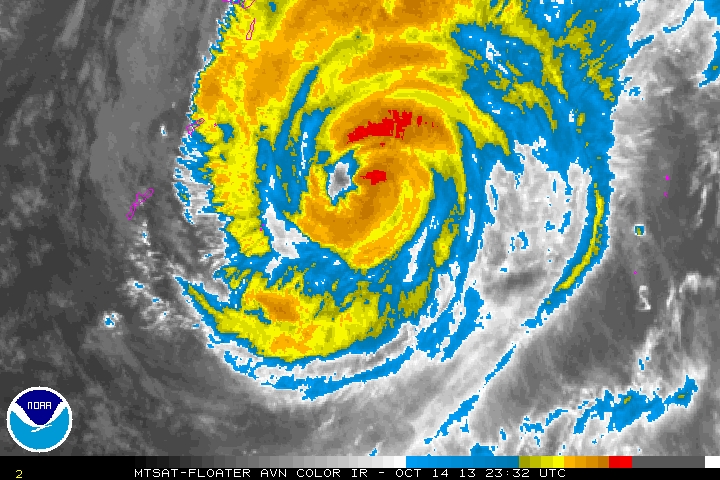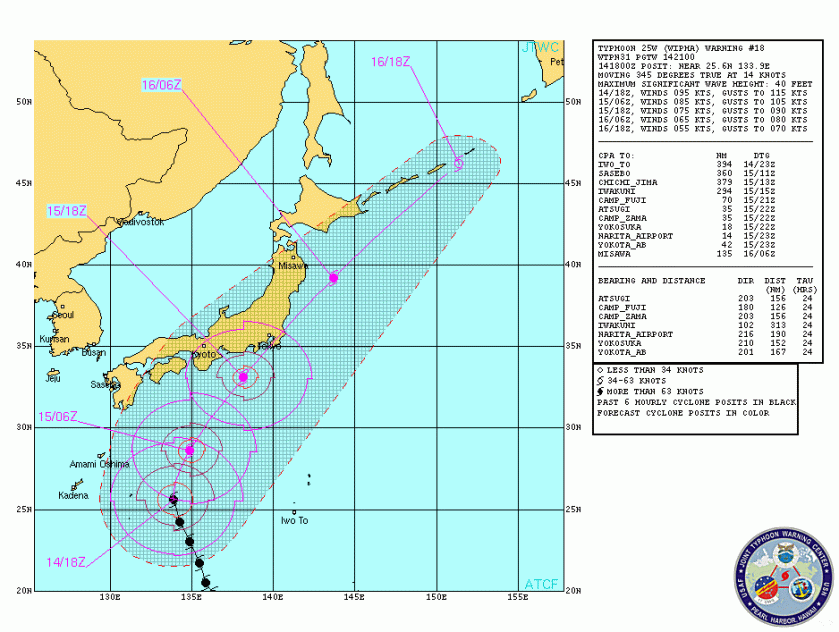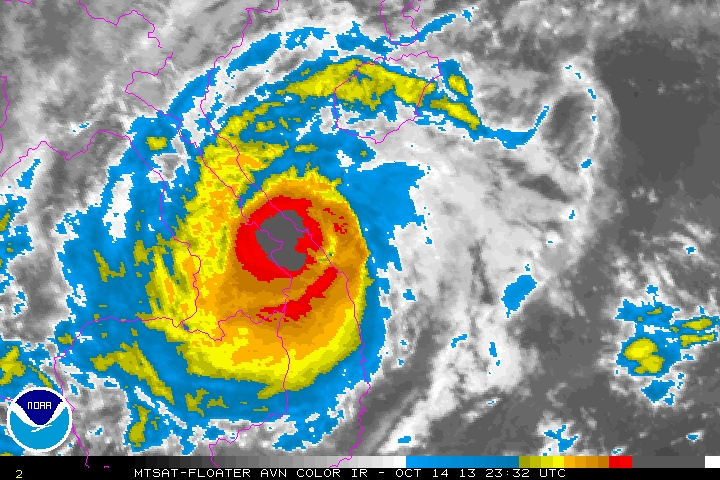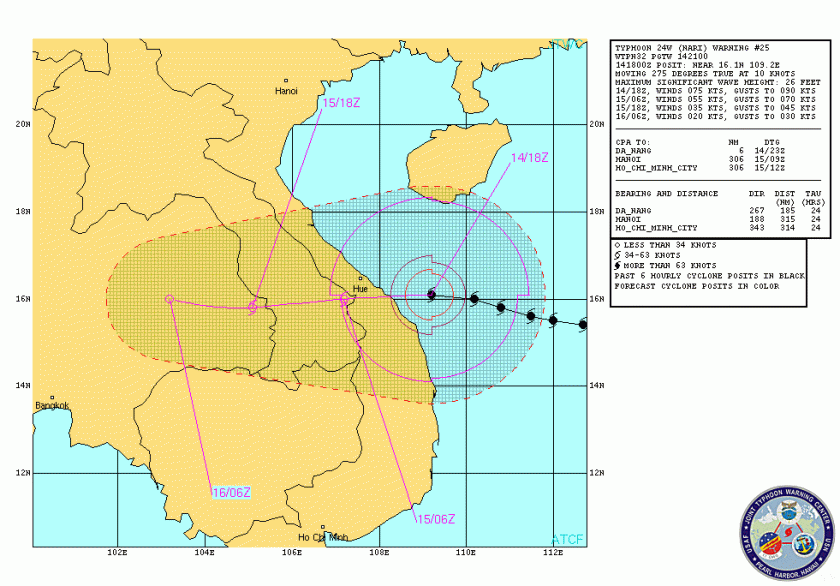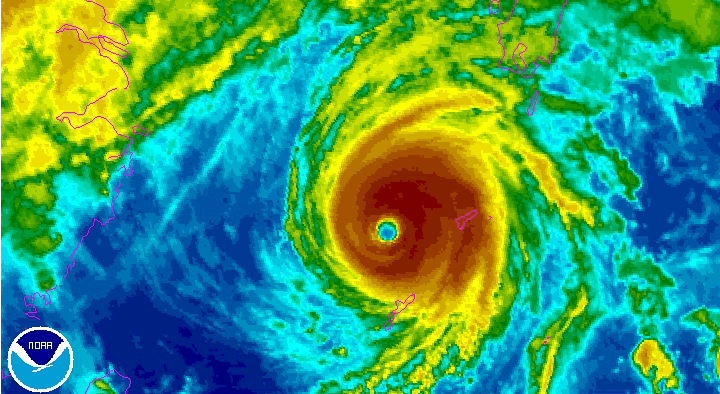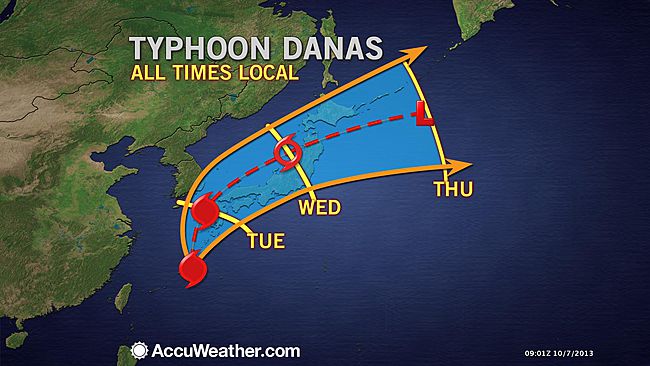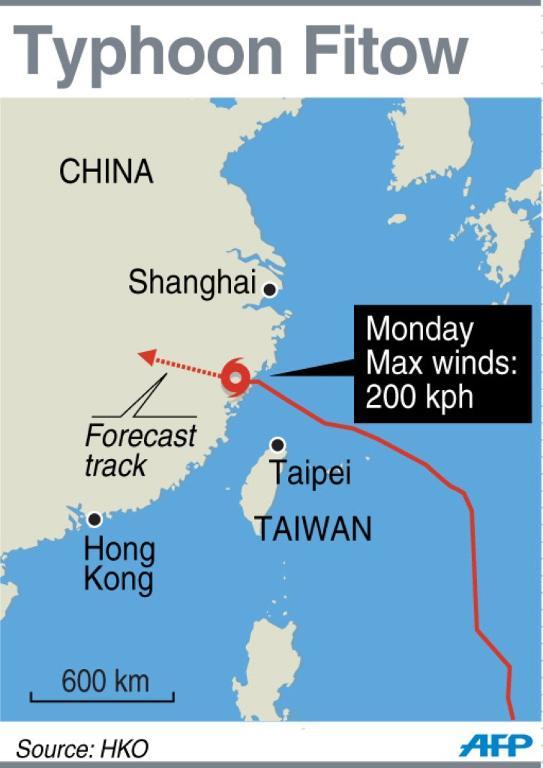The deadly storms continue to pound the east. Tokyo (CNN) — At least 17 people have died and hundreds of flights have been canceled as Typhoon Wipha pummeled the Tokyo area on Wednesday.
A local government official in Oshima, a small island 120 km (75 miles) south of Tokyo, said that a majority of the people died after heavy rain triggered flooding and landslides that blocked roads and crushed houses. Rescuers were unable to reach about some people in the area hit by landslides.
iReport: Heavy winds near Tokyo as Typhoon Wipha hits
More than 500 domestic and international flights were canceled at Tokyo’s Narita and Haneda airports and the national rail operator halted bullet train services in central and northern Japan. The typhoon is moving north along the Pacific coast of Japan and is expected to reach the northernmost island of Hokkaido by late Wednesday.
Tokyo Electric Power Company (TEPCO), the main electricity supplier in Tokyo and central Japan, said blackouts affected more than 56,000 households. TEPCO, which has been struggling to deal with a series of leaks at its Fukushima Daiichi nuclear plant, said workers at the plant were “on vigil” and accumulated rainwater had been released from storage tanks.
At least 13 people were killed when Typhoon Nari pounded the Philippines over the weekend, the country’s disaster management agency said. The typhoon struck the country’s north Saturday, displacing more than 43,000 people in 11 provinces, the National Disaster Risk Reduction and Management Council said.
The deaths reported were due to falling trees, electrocution, mudslides, drowning and collapsed structures, it said. Three fishermen remain missing, and 1,900 passengers are stranded at different ports. Flash floods triggered by the typhoon killed three people and left two others missing in Quang Binh province, provincial disaster official Ngo Duc Song said. The floods submerged 10,000 homes in the province, many of them up to 2 meters (6.5 feet) under water, and left four villages isolated, he said.
Nearly 5,000 people were evacuated from their flooded homes to higher ground, Song said, adding that soldiers and police officers were sent to help villagers deal with the floods. In the neighboring province of Ha Tinh, authorities were searching for three people missing in the floods. The storm weakened to a tropical depression after making landfall in Vietnam.
